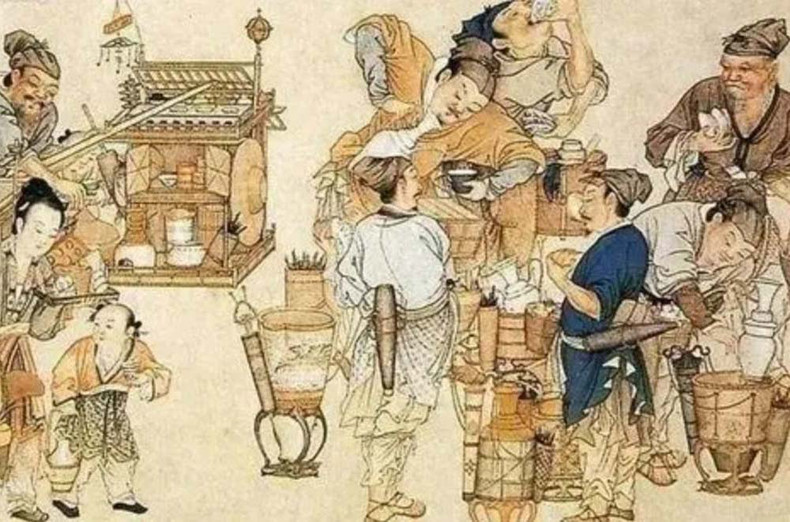Chinese people have been drinking tea for thousands of years, and their understanding of tea is constantly changing. The way of drinking tea is also different in each era. Throughout the history of tea drinking in China, there are different historical stages, with different political and people's livelihoods, and different ways of drinking tea in people's lives.
After tea was discovered by Chinese ancestors, tea has generally gone through three stages: medicine, food and beverage. The way of drinking tea has also undergone the development and evolution process from eating tea to cooking tea and finally to brewing tea. Tea was chewed as raw food in the Shennong era (4094 BC - 3574 BC) , raw boiled soup in the Zhou Dynasty (1046 BC–256 BC), boiled tea in the Sui (581–618) and Tang Dynasties (618–907), ordered tea in the Song Dynasty (960-1276), and brewed tea in the Ming (1368–1644) and Qing (1644–1911) Dynasties. The three stages can also be called: the classical school, the romantic school and the natural school.
The earliest way for the ancients to drink tea was to chew raw food, which is really "eating tea". After that, they started to cook soup with fire, just like people cook vegetable soup today. At that time, people only drank tea as a soup, or consumed it as a dish. It was not until Lu Yu wrote the masterpiece "The Classic of Tea" in the Tang Dynasty that he elevated the style of tea to an independent drink and became an art of living. In general, in the history of Chinese tea culture, there have been four major changes in tea drinking methods:
The first phase: The decoction method
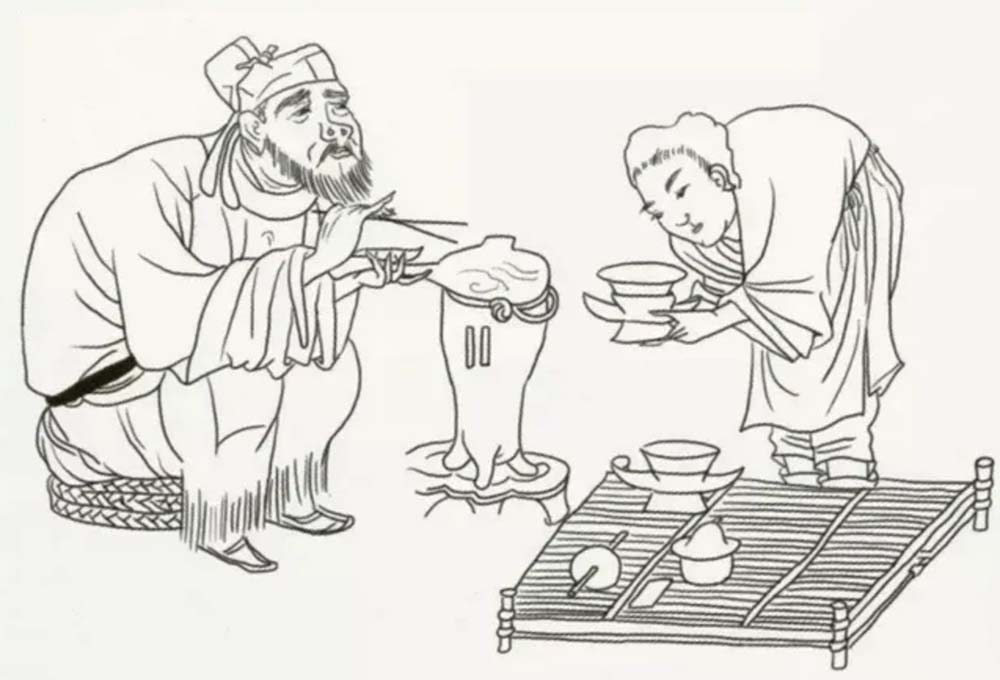
When the ancestors of the Chinese were still in the primitive tribe period, they found that tea could not only dispel heat and quench thirst, but also stimulate the spirit and cure various diseases. Tea began to be separated from food. Decoction of tea to cure diseases is the first stage of drinking tea. At this stage, tea is medicine. At that time, the production of tea was small, and it was often used as a sacrificial product.
The second phase: The porridge method
From the pre-Qin period (221 BC) to the Han Dynasty (206 BC–220 CE), tea changed from medicine to beverage. The drinking method at that time was just as Guo Pu said in the annotation of "Erya": tea "can be boiled and made into a soup". That is to say, when making tea, it is necessary to add corn and seasonings to make porridge.
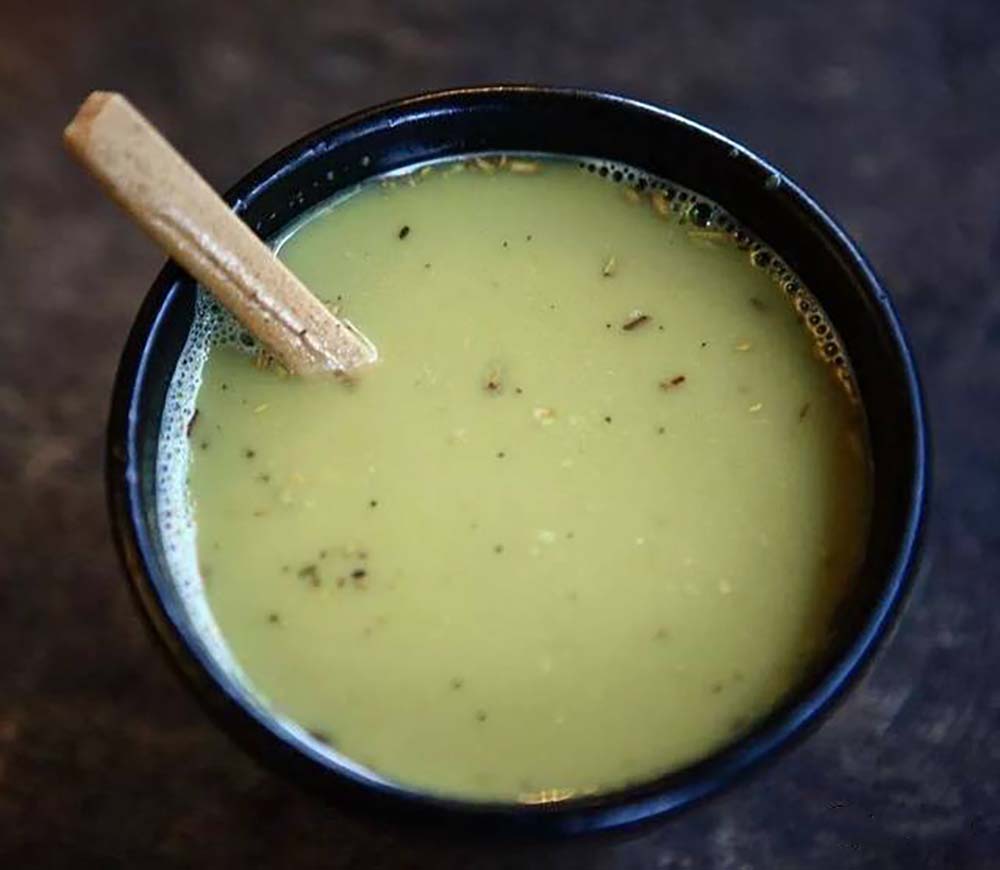
In the Tang Dynasty, this method of cooking was often used. Most of the ethnic minorities in remote areas of China accepted the habit of drinking tea in the Tang Dynasty, so they are still accustomed to adding other foods to the tea soup.
The third phase: The grinding and brewing method
The Three Kingdoms era (220–280) has already appeared, and it became popular in the Tang Dynasty and flourished in the Song Dynasty. Before the middle of the Tang Dynasty, Lu Yu had clearly opposed adding other spices to tea, emphasizing that tea should be tasted in its original flavor. It shows that the way of drinking tea was also in the process of change. Purely brewed with tea leaves, it was called "Qing Ming" by the Tang people. After drinking the clear tea, then chewing the tea leaves and savoring the taste, you can get great enjoyment.
Tang Dynasty cooking method
The Tang people directly put the tea in the kettle to decoct, and watch its shape changes by Zhucha, Jiufei and Yuhua three steps. The first step is to roast the tea before making the tea. After the tea cake is cooled, grind it into powder. The second step is to make tea, that is, when the water is boiled to the "second boil", use bamboo mackerel to stir the tea powder in the boiling water. The third step is to drink tea and pour tea, which is to scoop the tea soup into a bowl.
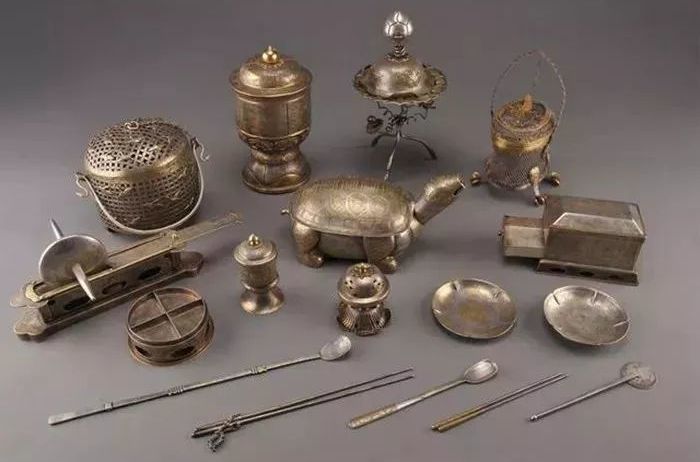
Before making tea, first crush the tea leaves, put the seasoning in after boiling the water, and then sprinkle the tea powder into the pot. When drinking, drink the tea residue and tea soup together while it is hot, which is called "eating tea". Tang people used to add seasonings to the tea soup, such as salt, onion, ginger or orange peel, etc. Lu Yu strongly opposed this way, adding a little salt to taste at most. Since then, people began to promote the original flavor of tea soup, which laid the foundation for the rise of tea ceremony.
Song Dynasty Diancha Method
Diancha means whisking. It emphasized the degree of water boiling, which was called "waiting for soup". It is the most difficult to wait for the soup. If it is not boiled enough the foam will float, and if it is over boiled, the tea powder will sink. Only by mastering the boiling procedure can the color, aroma and taste of the tea be brewed. When whisking tea in the Song Dynasty, a soup bottle with a round belly and a slender neck is often used. Because it is difficult to identify the degree of boiling water with the eyes, only the sound can be used to judge.
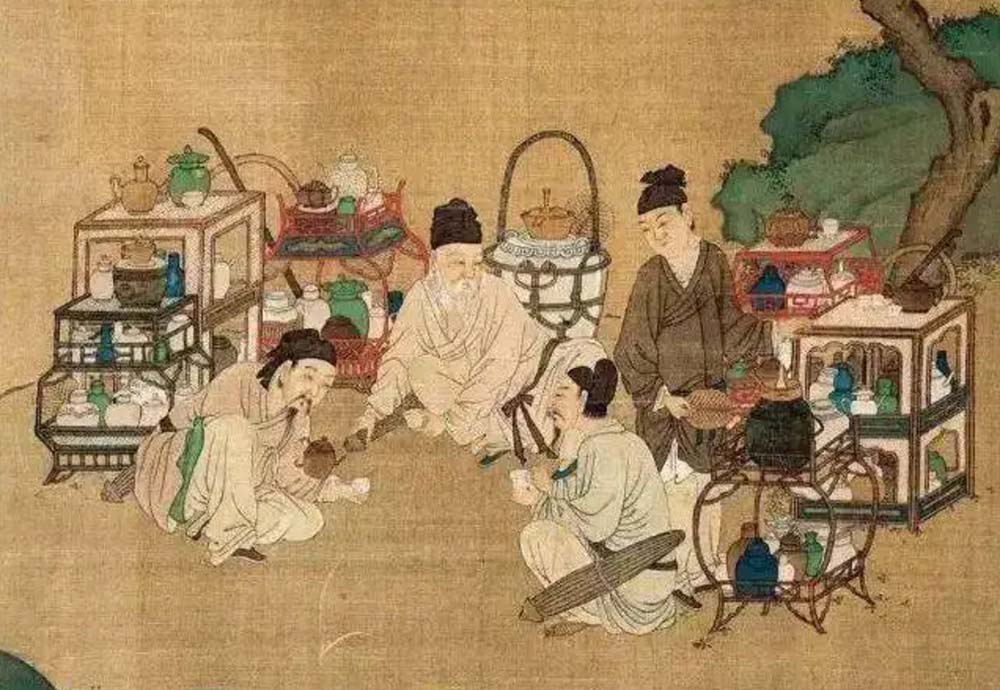
In the Song Dynasty, to make the tea, firstly, a cake tea was ground into fine powder, and the tea powder was divided into several bowls with a small spoon. Then brew with boiling water. In order to fully dissolve the tea powder, stir quickly with a whisk, stirring while brewing, so that the tea powder and the water are fully mixed, and a large amount of white tea foam appears in the tea cup. If the color of the tea foam is milky white, the "Tang Hua" on the surface of the tea soup can coagulate the inner wall of the cup for a long time, it is called as a good cup of tea. This not only tests the tea skills, but also tests the intentions of the tea people. The matcha ceremony in Japan is learned from this, and its origin is here.
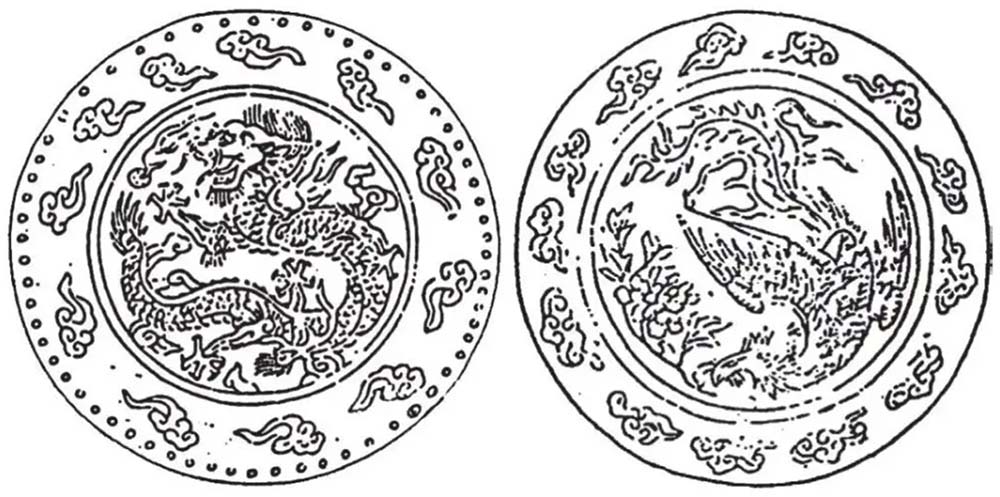
The way of drinking tea in the Song Dynasty rose to the height of aesthetics and reached the extreme. They decorated tea cakes with patterns of dragon and phoenix, which are very delicate and called "Dragon and Phoenix Tea Cake".
The fourth phase: the whole leaf brewing method
The tea-drinking fashion developed to the Ming Dynasty, and an epoch-making change took place. The Hongwu Emperor, the founding emperor of the Ming dynasty felt that making Dragon and Phoenix Tea Cakes was a waste of money and time, so he issued an edict: "Stop making cakes, only loose tea can be produced". Nowadays, teas such as yellow tea, dark tea, white tea, black tea, and oolong tea that we are familiar with has gradually appeared after the policy.
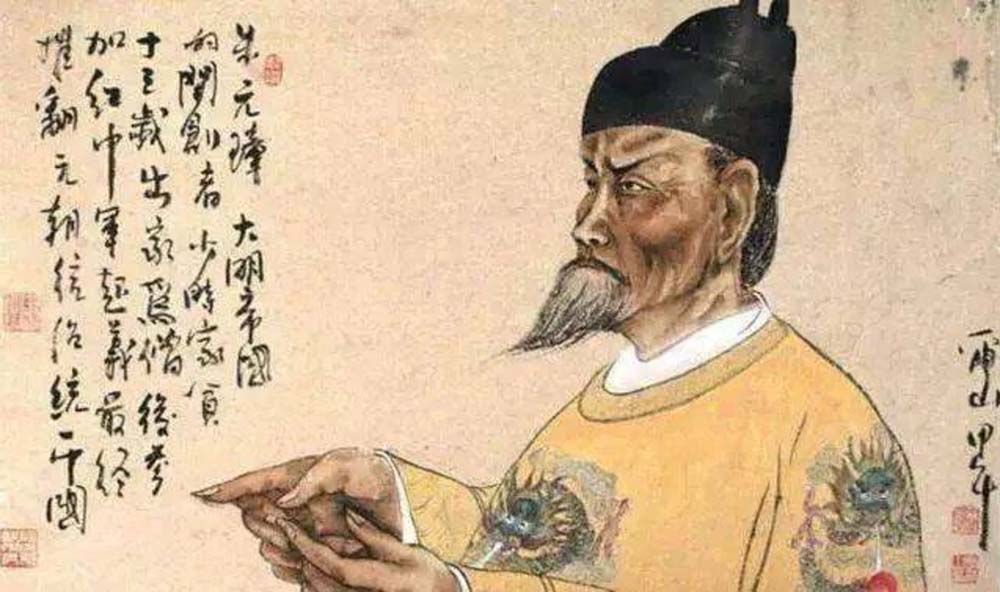
From then on, people do not have to press tea into cakes and then grind them into powder, but brew loose tea directly in pots or cups. This way of drinking tea makes the use of tea simple and convenient.
Emperor Hongwu's vigorous promotion of loose tea led to the diversification of tea types. Before the Ming Dynasty, there was only green tea, and later other types of tea appeared. People in the Ming Dynasty believed that this method of drinking was "very simple, full of interesting tastes, and it can be said to have the true taste of tea". The method of brewing tea in the Ming Dynasty has also continued to this day. The tea is brewed without any seasoning, and the original taste and true taste of the tea are appreciated. At the same time, the tea utensils and methods used have also been simplified, which is more conducive to the spread of tea culture.
In the Qing Dynasty, teas such as black tea, white tea, dark tea, yellow tea and oolong tea appeared successively. Gaiwan was a popular tea set at that time. Theoretically, all teas can be brewed in a gaiwan, and it is nothing more than adjusting the three factors of tea amount, brewing time and water temperature.

But in fact, there are also regional differences. Generally speaking, the northern regions of China (from the court to the folk) are mostly used to make green tea and jasmine tea. In the south of the Yangtze River, purple clay (Zisha) teapots are often used. Tibetan area is popular to drink milk tea made from black tea. In Chaoshan area, Gongfu tea is popular to make oolong tea. The currently widely popular Gongfu tea was officially formed in Guangdong, Fujian and Taiwan at that time. Oolong tea is brewed in a small teapot. The main steps are: warming the pot, pouring the tea, washing the tea, pouring the pot, warming the cup, pouring the tea, and tasting the tea, etc.
When tea was first discovered, people regarded it as medicine. During the emperor's time, people used it as a thirst-quenching drink. Nowadays, people regard tea as a culture to drink and understand. When tea entered ordinary people's homes, the pace of external communication also changed. The arrival of the industrial revolution has brought the whole world to modernization, with improved production technology, emancipation of mind, and prosperous trade. Tea, which has developed almost to maturity, has been involved in the torrent of history and spread all over the world.
The British developed it into afternoon tea. Japan developed the Japanese tea ceremony. Sri Lanka, India, Kenya and other countries have planted black tea. Tea has spread all over the world, taking root and sprouting everywhere, changing and progressing according to local conditions, and entering the lives of local people.
Nowadays, with the global trade, tea has changed into different shapes and circulated around the world. The development and changes of tea are like tree rings, recording the historical features of different dynasties. The humanistic feelings behind tea are so wonderful and moving, which is what distinguishes tea from other drinks.

